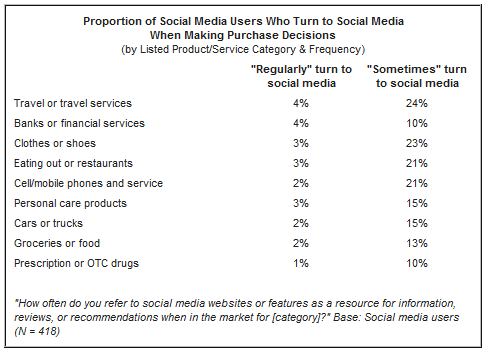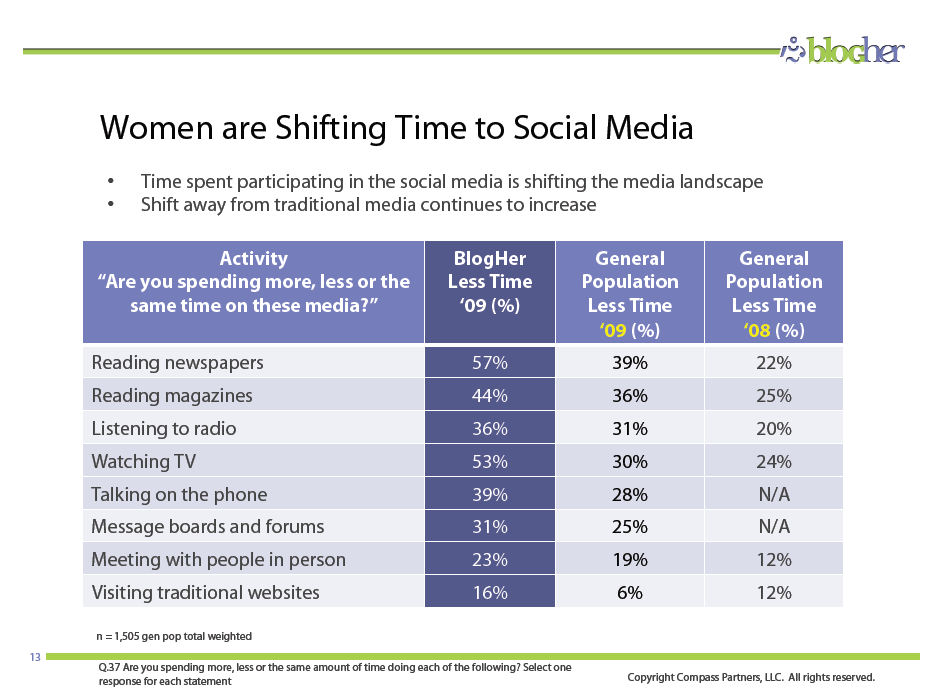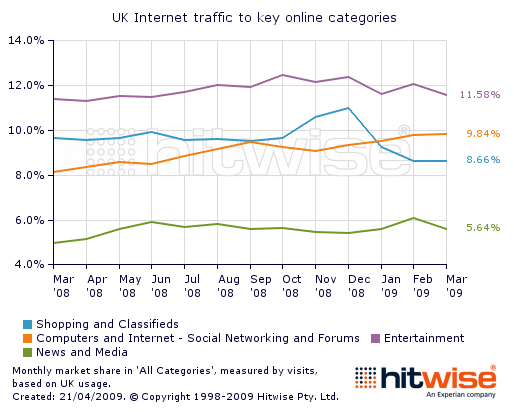10 general questions on web monetization 2.0
 Brainstorming… ! This is a project which needs your help in order to start saving the future of the web in all its facets…
Brainstorming… ! This is a project which needs your help in order to start saving the future of the web in all its facets…
A post for you, me and all of us platform owners, web maniacs, companies, advertisers, affiliates, social medians and web workers to do some brainstorming and share some thoughts on the future of monetization.
In a lot of discussions, talks and chats with partners, clients and friends, we came across these questions. It is time to find some answers…
Please, tackle this project with me and give as much feedback as possible. We all want to participate in the future of the web. So, let’s do some work…
10 Questions on web monetization 2.0
What if…
1. … all companies respect that platform owners (social networks, media publications, portals, etc.) start their web activities in order to monetize their business like they do?
2. … web platform owners never had started using the measurement argumentation versus the former print world?
3. … companies accept that web platform owners start their business model to earn money – not just to be a service provider?
4. … web platform owners never had started the price competition in order to ‘drag away’ clients from each other – resulting in cpm values of cent amounts?
5. … companies had not overrated the measurement options and tried to buy ROI value (leads, orders & revenue) only – than simply the ‘best price’?
6. … web platform owners never had started cpx payment, let’s call this ‘performance payment’, but were using the old advertising model: ‘pay for play’?
7. … companies suddenly stop advertising the ‘pay for play’ way and just strive for performance payment?
8. … web platform owners need to go for ‘free-mium’ or premium service payment for users, as they cannot afford to run their business any longer without the support of the ad industry from the last 5 years?
9. … companies could finance, sponsor or take over the costs for those ‘free-mium’ or premium service payment for certain target groups?
10. … finally, we users all understand that without web platforms owners generating any revenue, the internet is nothing more than a shell without pearls?
Pick a question, share your views and posts and give us some answers.
Looking forward to your comments…















